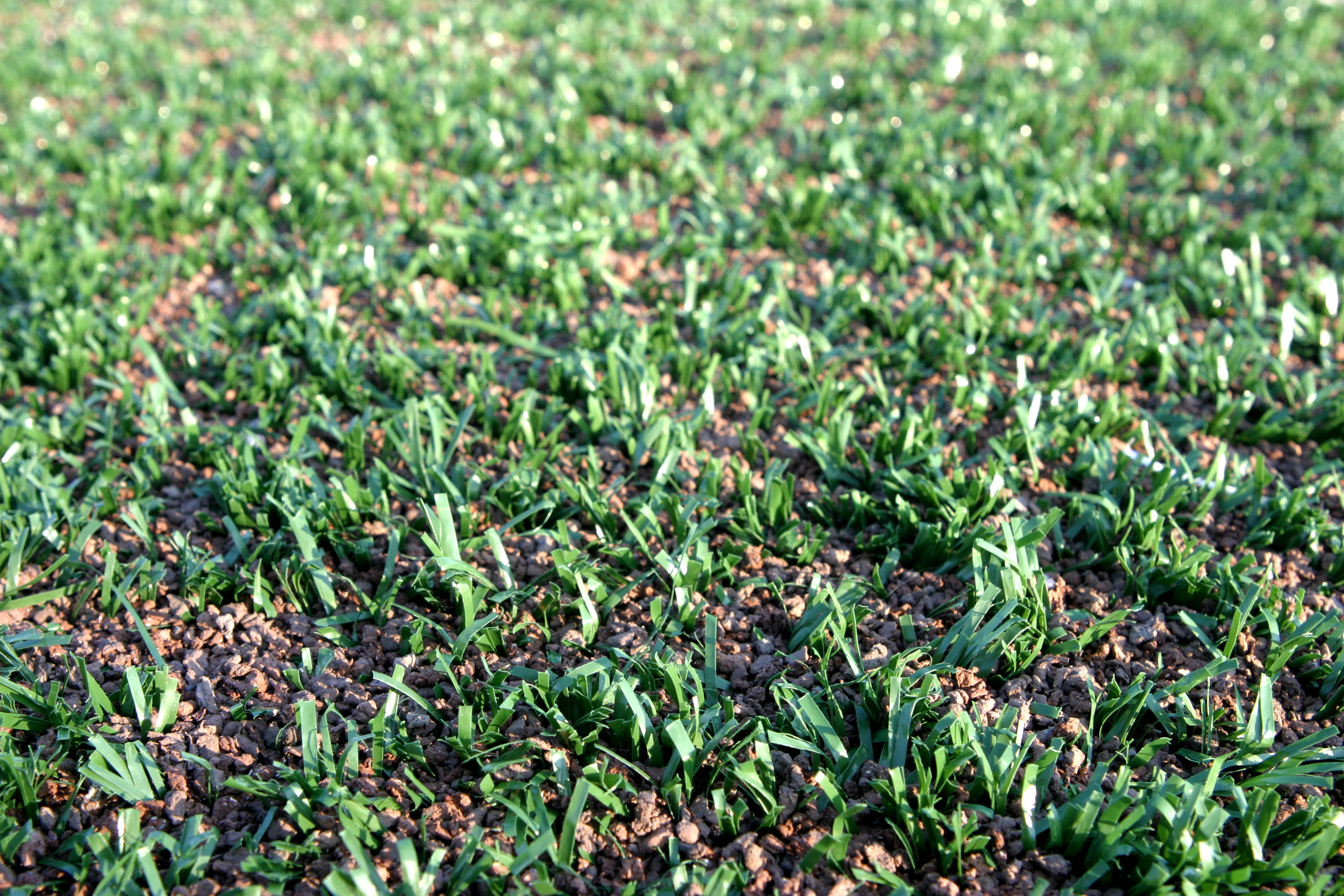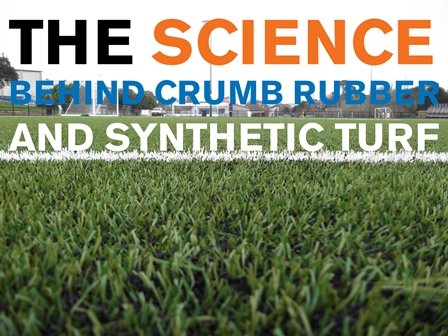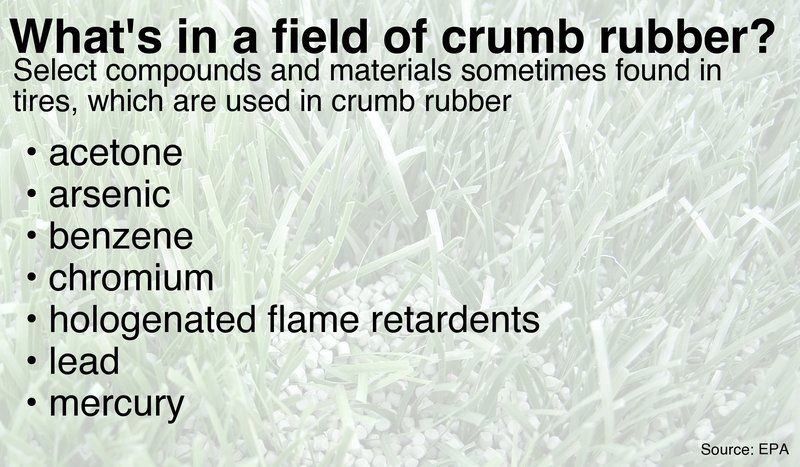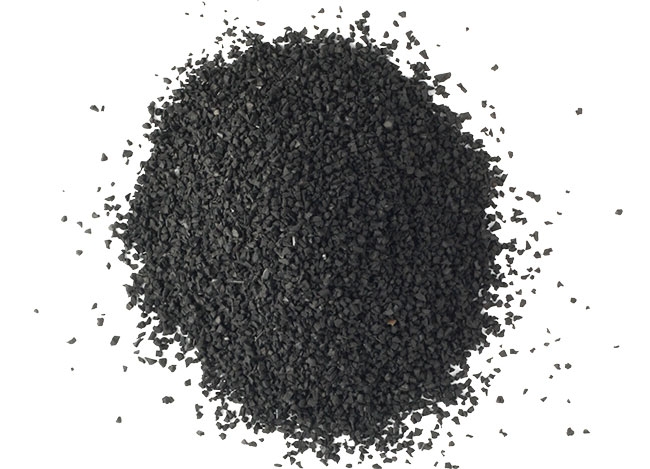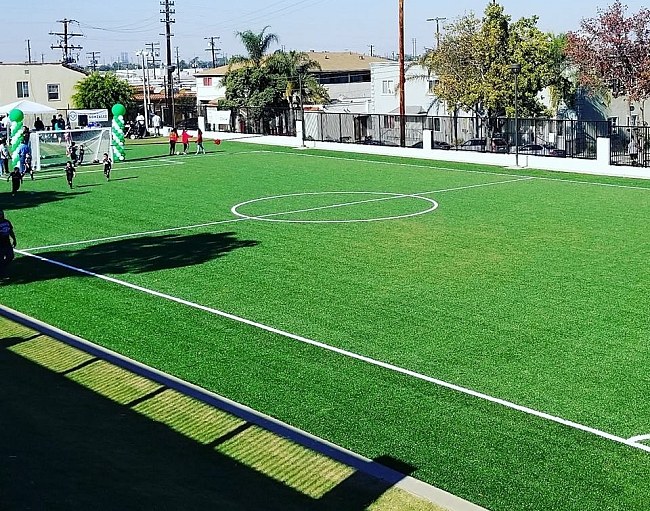Crumb Rubber Cancer Study
Characterize constituents of tire crumb.
Crumb rubber cancer study. A report of the survey findings is now available pdf. An unpublished study by rutgers university examined crumb rubber from synthetic fields in new york city it found six possibly carcinogenic polycyclic aromatic hydrocarbons at levels excessive to state regulations. Sb48 initially called for a ban on new field installations and playgrounds using recycled tires but. Fill important data and knowledge gaps.
Crumb rubber is recycled rubber produced from automotive and truck scrap tires during the recycling process steel and tire cord fluff are removed leaving tire rubber with a granular consistency. As part of the federal research action plan frap cpsc conducted a playground use survey gathering information about children s behavior on playgrounds. The particles are sized and. The scope of this study was finalized and the work initiated in 2016 at the request of the obama administration.
Federal research this coordinated federal research action plan on recycled tire crumb used on playing fields and playgrounds frap includes outreach to key stakeholders such as athletes and parents and seeks to. Instead the epa said states and local agencies should conduct more research on crumb rubber. Tire crumb characterization report volumes 1 and 2. This survey was completed on september 5 2019.
Part 1 of this report presents results of the tire crumb rubber characterization research i e. Status of cpsc s review of playgrounds with crumb rubber. After a list of soccer players with cancer prompted an investigation the state found nothing unusual but one coach still thinks the cancer might be linked to artificial turf. The study found that concentrations of lead cadmium mercury and two other contaminants in the crumb rubber samples were below consumer product safety commission limits for children s products.
A 2015 study at yale university found 96 chemicals in 14 samples of crumb rubber infill and rubber mulch used in playgrounds. The study found that almost half of the detected chemicals had not been screened for toxicity and of the rest 20 percent were considered to be probable carcinogens. The researchers warned that the findings could have been made inaccurate by solvent extraction used to release the chemicals from the rubber.


